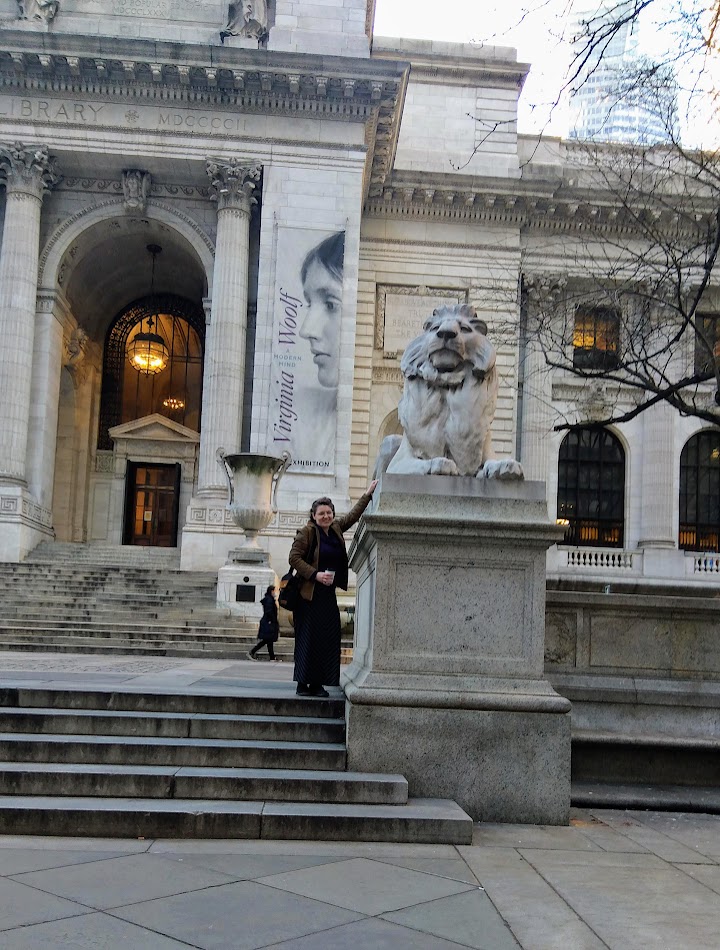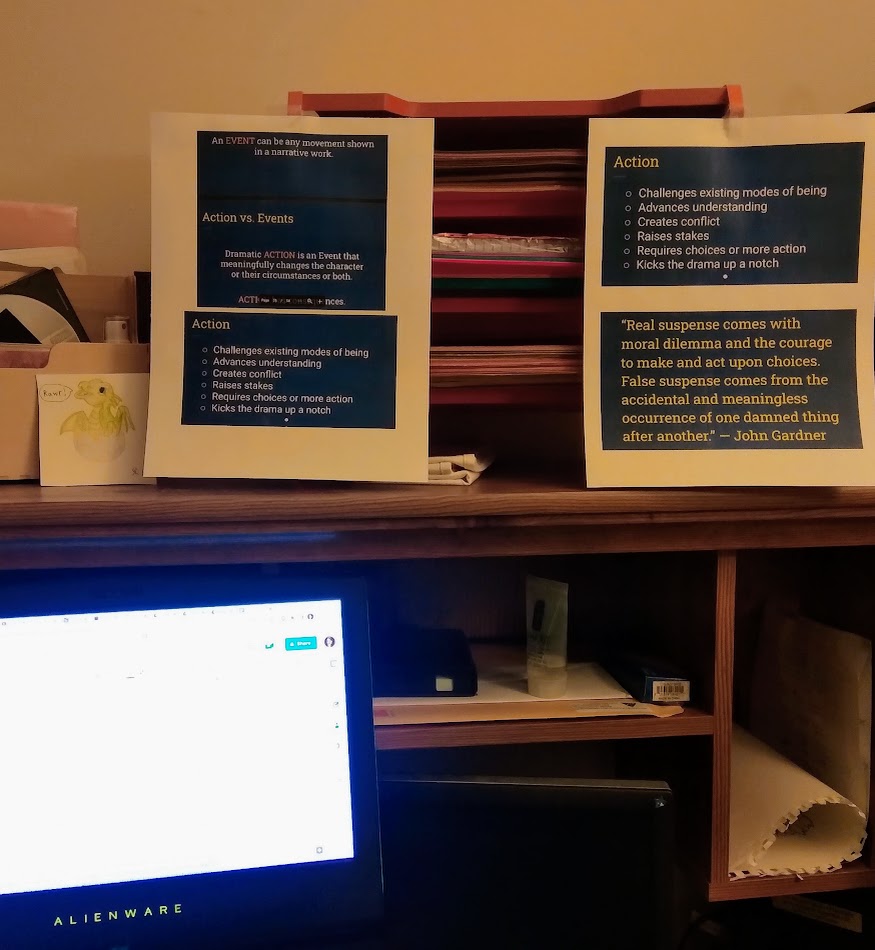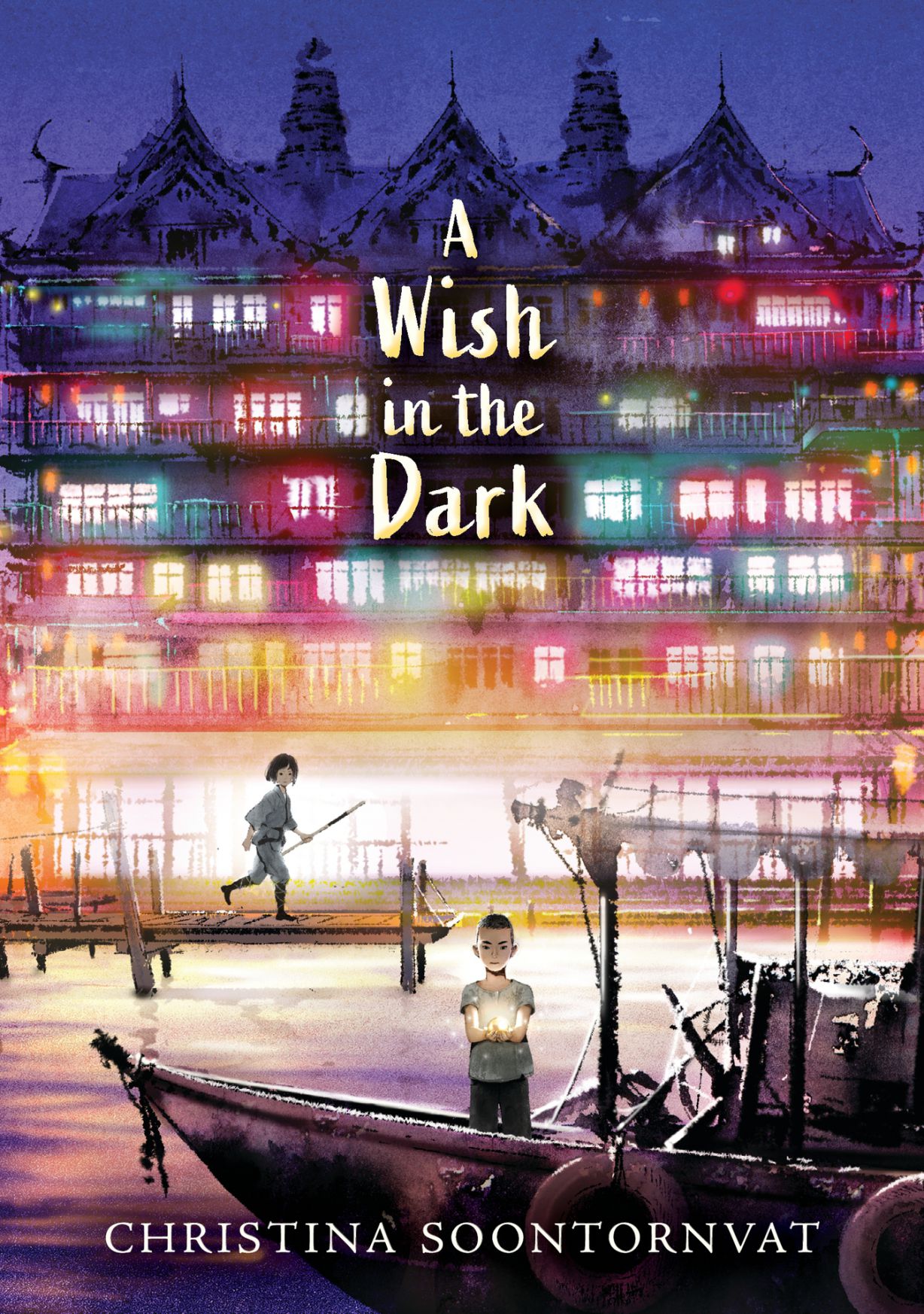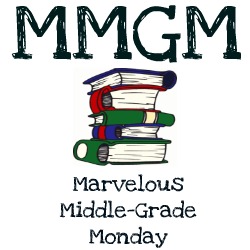This really ought to be a series of posts since the NYC trip had an amazing amount of workshop content to report on plus life living things crowding in there, and of course A Wish in the Dark is also the kind of book that pulses in memory long after it’s read, and shouldn’t get short-changed. Perhaps some day I’ll be able to do it all justice…but in the meantime I’ll follow my own motto of doing what I can and trust that will be enough.
First up, a personal pic of me with the lions at the New York City Library!
I love these lions and have wanted to take a pic with them for years, and to make this moment even more authorly affirming and special, I’d just come from lunching with my agent at a gorgeous restaurant (Robert) with views looking into central park!
I dreamed of lunching with my agent for so many years, and the journey since then has been so complicated and had way more plot twists than I ever could have guessed. But what was lovely and worth it all was to see my agent’s enthusiasm for my writing and know he’s 100% with me. It was fabulous to sit and talk books and plan and know that I’m here for the long haul.
Given what I learned from the amazing (seriously–so AMAZING) workshop and that this was my first trip of its kind since the shutdown, I’m showing remarkable restraint to not share more pics. But I hope every one of you will one day have a trip just as grand and when you do, we’ll sit and share photos all day.
Now–on to my notes on the conference!
This year’s national SCBWI NYC conference used what I think was a new approach to their workshops. Before the conference, attendees chose (on registration) from several options that would behave as intensives and be workshop classes we went back to mornings and afternoons of both days, in between keynotes and other events. On hearing from friends I think this was a tricky format since an attendee could end up sort of stuck on the rails if it turned out an intensive wasn’t a good fit for their needs. However, I was super fortunate in my choice, which was the Beginnings and Endings workshop taught by author and editor Cheryl Klein and author Sarah Aronson. And this duo really blew our socks off!
As you may remember, I have many years experience working as a developmental editor within a publishing house, plus a couple of my own books published, so quite frankly I am generally happy if I gain a new insight or two from a workshop. And believe me, I’m grateful for those insights because it’s often that last 2% of shine missing from our books that makes all the difference!
In this case, though, it felt more like drinking from a fire hose of expertise and knowledge. A friend with something like five published MG books under his belt also attended, and said the same. I know I’ll be digesting and working to implement the concepts shared for years to come. In fact, it took me probably two weeks to really jump into the revisions I wanted to do on my wip after I got back, because I felt I needed more time to go over my notes and to think and percolate on how best to implement my new thoughts.
Here’s a pic of a few of the more pressing concepts I wanted to cement. I came home, copied the slides into a doc, printed them off, and slapped them up where I would see them every time I sat down in the office.
My books have generally had fairly strong endings, and I work at my beginnings till they carry their own weight. Between those two points I generally know a series of significant milestones, mapped out with reference to the Save the Cat screenwriting principles. However, I now see that in between those milestones I’ve often written what amounts to filler, or, as the John Gardner quote in the pic puts it, ‘accidental and meaningless occurrences of one damn thing after another.’
Instead, a book needs to have the kind of forward momentum that feels as inevitable as the rushing of a wave up the beach. I know that. I’ve known it for years. But I haven’t known how to choose from the various possible ways a scene can go to figure out what is the best choice–especially in my own work. I haven’t known how, in revision, to figure out which scenes (that are funny, fun, and delightful!) are still not carrying their own weight and need to be either cut or over-hauled. Now I feel much better able to do that, and have the test that Cheryl provided us to apply in order to sort them out.
It’s a little hard to summarize here, but (in my own words) it basically means that a scene should not stand by itself, able to be inserted into the novel as an independent ‘entity’ so to speak. Rather, it is always the child of a parental scene that ‘birthed’ it, and made it come into being. If you look at your novel and realize that a scene is an orphan and doesn’t have clear and necessary antecedents, than that scene is failing to build on the scenes that came before. At the very least, it’s a sign that whatever tension you were building has been dropped. More likely, the scene simply exists without justification for being in the story’s plot.
It seems so simple and perhaps even obvious when typed out like that! But I absolutely know that I’ve had scenes like that in my books, and with the other advice from the workshop I feel better able to discern what it is I need to do about it. Both Sarah and Cheryl brought incredible insights and energy to the workshop and I strongly encourage you to grab your chance if you ever get the opportunity to learn from either of them.
Which brings me to–my spotlight for this week! Let’s hear it for A Wish in the Dark, by Christina Soontornvat!
Once we’d registered for our Beginnings and Endings workshop, we were sent a preparation packet that requested we read A Wish in the Dark before coming to the conference. Being the dedicated soul that I generally am, I headed straight to the library and got my copy. It has a gorgeous cover and I was excited…at first. Then I read the first pages and also read on the back cover that it’s an adaptation of Les Misérables, and I put it down and put off picking it back up again until the last couple days before the trip, when I had to either tackle the book or admit I was going to show up less than prepared.
Don’t get me wrong–I’ve seen Les Misérables live twice, once at the National Theatre in DC, and have loved the story and songs since I was a teen. I can sing many of them. I was once nearly in a production that used several of its pieces, and if I could really comfortably and gloriously hit all the notes in Fantine’s songs I could die happy. But these past few years have been, at times, heart-wrenchingly difficult. I’m not sure I’ve stopped worrying about my daughter (who has a connective tissue disease that impacts every aspect of our lives), for even a moment. Honestly, words can’t describe the struggle its been to balance risk for her (and my husband and I, since neither of us is quite healthy and of course there’s been my issue with the vaccines) with the needs for healthy life involvement. I’ve also buried a dear friend and grieved over so many things, personal and societal…I just wasn’t sure I could read an emotionally powerful adaptation of Les Mis, and in a middle grade, of all things. Because it was obvious from the first page, which starts with kids in a prison in near-dark, that it was going to be emotionally powerful.
However, I did eventually pick it back up and read it through and trust me when I say that this book is not so dark as that might make it seem and that while it definitely has its painful moments, it swells with light and that light grows brighter throughout until it bursts out in full radiance at the end. The Les Misérables themes are there and strong enough to fully justify any comparison, but they’re handled in an entirely appropriate way and (tiny spoiler) there are no horrible gut-twisting deaths. In fact, it manages to talk about social injustice and the challenges of social reform under an all-powerful didactic ruler beautifully, and in a way kids can understand and feel safe discussing.
Here’s the back cover blurb:
All light in Chattana is created by one man — the Governor, who appeared after the Great Fire to bring peace and order to the city. For Pong, who was born in Namwon Prison, the magical lights represent freedom, and he dreams of the day he will be able to walk among them. But when Pong escapes from prison, he realizes that the world outside is no fairer than the one behind bars. The wealthy dine and dance under bright orb light, while the poor toil away in darkness. Worst of all, Pong’s prison tattoo marks him as a fugitive who can never be truly free.
Nok, the prison warden’s perfect daughter, is bent on tracking Pong down and restoring her family’s good name. But as Nok hunts Pong through the alleys and canals of Chattana, she uncovers secrets that make her question the truths she has always held dear. Set in a Thai-inspired fantasy world, Christina Soontornvat’s twist on Victor Hugo’s Les Misérables is a dazzling, fast-paced adventure that explores the difference between law and justice — and asks whether one child can shine a light in the dark.
It really is a glorious and fully-realized fantasy world. It’s not so different from ours that it will be jarring for those who don’t usually read fantasy, and yet it transports the reader beautifully to a world where light and magic are one. It also does an excellent job of demonstrating the core concepts of the workshop, which is of course the reason it was chosen. It has an arresting beginning, it builds on the story premise and promise from scene to scene in ways that lighten the heart, entertain, and ratchet up the tension, and it gathers it all together in a smashing ending. Its prose is also lovely and rich, which was mostly beyond the scope of our workshop, but has made me want to get more of Christina’s books.
And now I fear I’ve once again written a marathon-long blog post! Thank you for staying with me and please tell me what you’re reading or playing (if you’re more into games), how you’re doing, and where your dreams are taking you. If there’s one thing that the NYC trip relit inside me it’s the determination to carry on, come what may. Here’s to you doing the same!
For more Marvelous Middle Grade Monday reviews, spotlights, interviews and giveaways, stop by Greg Pattridge’s blog, and thanks for celebrating MMGM with me!





Natalie Aguirre
Suzanne
Beth Schmelzer
Suzanne
Brenda
Suzanne
Greg Pattridge
Suzanne
Maria Antonia
Suzanne
Stephanie@Faridays
Suzanne